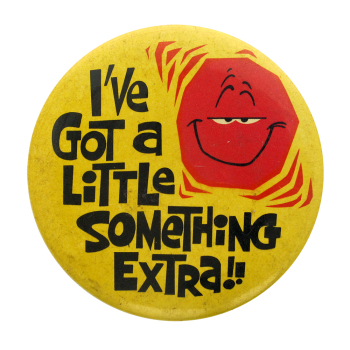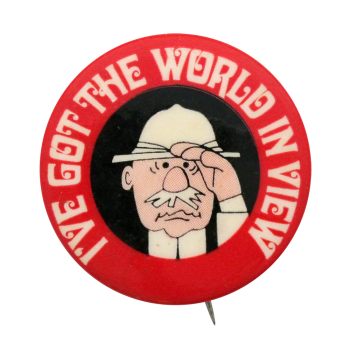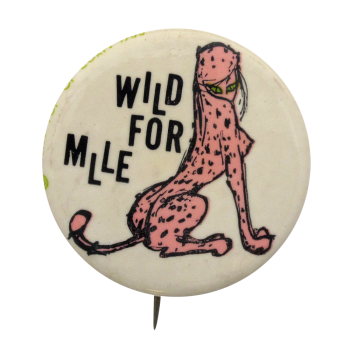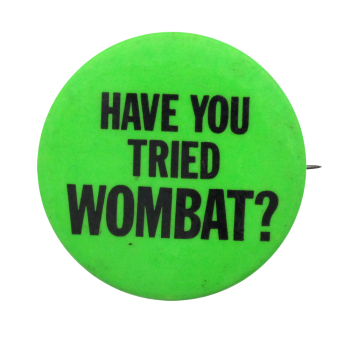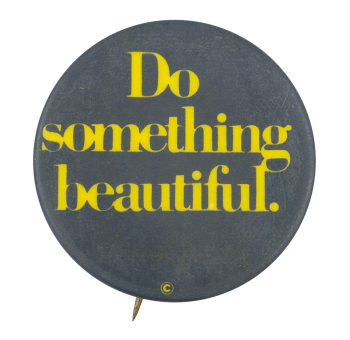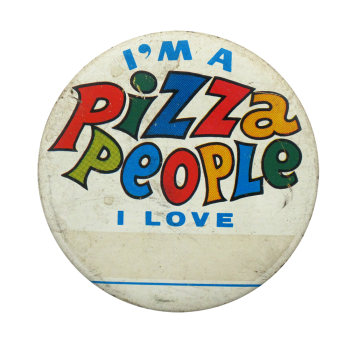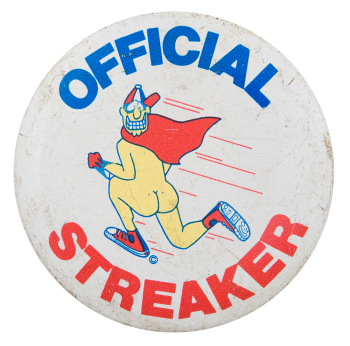Be Different Act Normal
| Category | |
|---|---|
| Additional Images | |
| Text on Button | BE DIFFERENT ACT NORMAL |
| Image Description | Yellow text in a stacked formation on a black background, |
| Back Style | |
| The Shape | |
| The Size | |
| Additional Information | Have info on this button? Contact us here. |
| Catalog ID | IB0348 |





